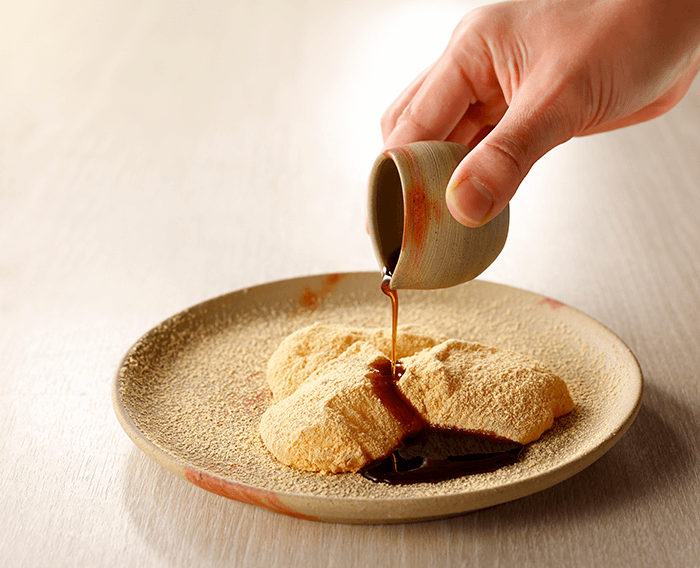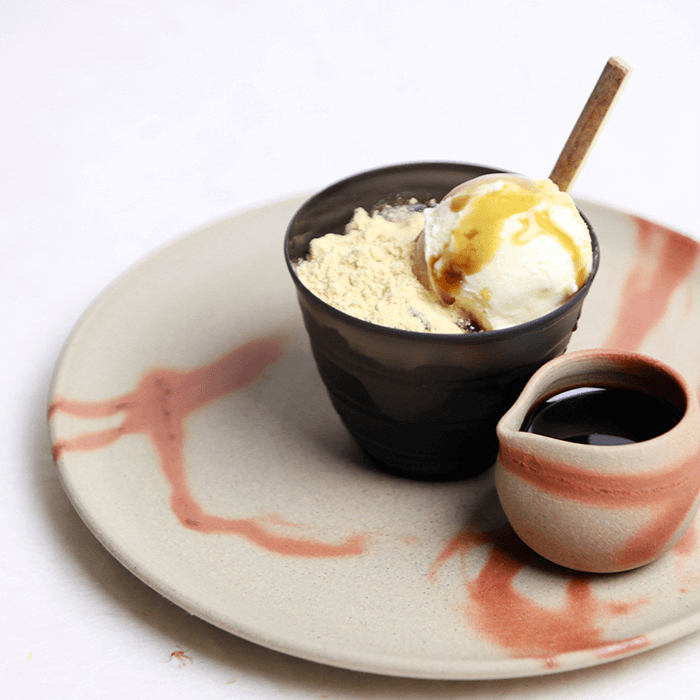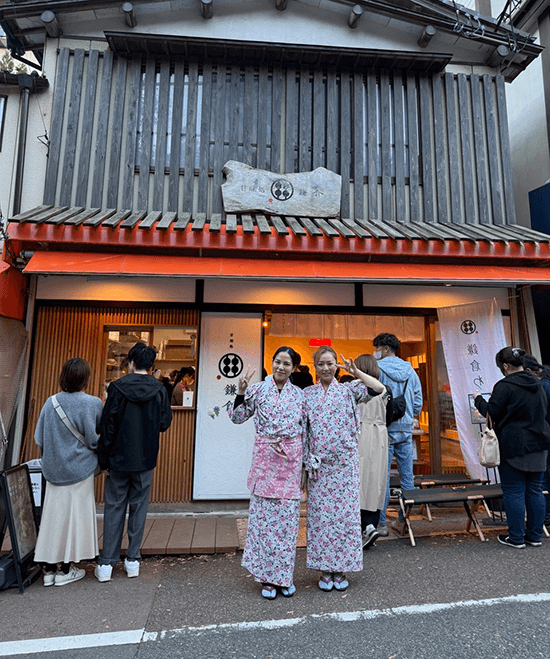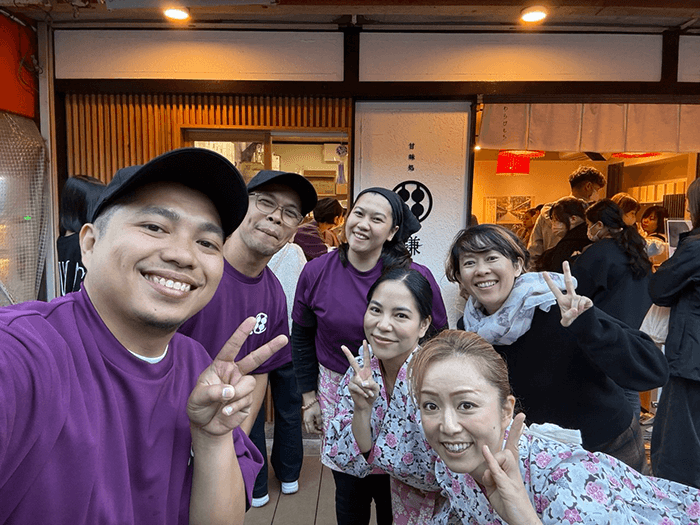Japan's cloud-like mochi empire brings its royal heritage to Manila
From Tokyo to Hong Kong, Seoul to Sydney, crowds gather daily outside Warabimochi Kamakura’s sleek storefronts. They’re waiting for a confection that’s flooded social media feeds across Asia: translucent, cloud-like pieces of warabimochi that shimmer under shop lights, with a texture that will change how we think about mochi. While common mochi comes with filling or ice cream, this centuries-old Japanese treat offers something entirely different—and it’s finally arrived in Manila.
A snack fit for an emperor
“The name Warabimochi Kamakura isn’t about a place—it’s about an era,” explains Victoria Riingen, general manager of Warabimochi Kamakura Philippines. “During the Kamakura period, this was a treat reserved for royalty. It was the princess’ favorite indulgence.” Even Emperor Daigo of the Heian period loved it.

Unlike typical mochi made from glutinous rice, warabimochi’s distinctive texture comes from bracken starch, dusted with either kinako (roasted soybean powder) or matcha. The result is a delicate confection that melts effortlessly in your mouth—soft yet chewy, with a subtle sweetness enhanced by its nutty coating or the deep notes of green tea. Videos of its gentle wobble and graceful stretch have garnered millions of views on TikTok and Instagram, turning a centuries-old treat into a viral moment.

Japanese philosophy of quality
Behind this viral hit is an unlikely success story. CEO Shinji Tanaka, a young and hip man in his 30s, has built an empire beyond Warabimochi Kamakura’s 66+ global locations. His entrepreneurial spirit brings a fresh perspective to traditional Japanese sweets.
“I’d search for it everywhere,” Riingen recalls. “The texture is unlike anything else. I started planning family vacations around Warabimochi Kamakura locations in Hong Kong and Japan. My family thought I was crazy, but once they tried it, they understood. Each bite was worth the journey.”

That obsession led her to secure the master franchise and undergo intensive training across Japan. “We spent four days at their head office in Niigata, then worked in their original store at the Yahiko shrine,” she says. “But the real test came in Toyama. Three full days of learning just two things: how to cook the warabimochi and make kuromitsu, the brown sugar syrup. The precision is incredible—temperature, timing, measurements, everything must be exact. One misstep and you lose that perfect, cloud-like consistency.”
The menu reflects this meticulous attention to detail: signature 10-piece collections (P480), artisanal two-piece servings with optional ice cream (P180), and a drink selection that reimagines warabimochi in modern preparations. Each creation maintains a balance between tradition and innovation.

“What’s great about Warabimochi Kamakura is that they release new flavors frequently,” Riingen explains. “Since Japan has all seasons, they release new flavors that suit the weather and holidays. The Japanese head office is also very open to us crafting our flavors. We’ll bring over variations that Filipinos will love, like Purple Sweet Potato, similar to ube, Mango Yogurt, and Rich Chocolate. I can already imagine a cheese or polvoron-coated warabimochi.”
Mindful indulgence
This isn’t just another pretty dessert to post about. The bracken starch base packs fiber and essential vitamins B and E. Matcha versions add antioxidants. At just 175 calories per serving, it’s a rare treat that satisfies the aesthetic and those who want to start the year right with a more mindful diet.
“We want to create magic in every visit, like Disneyland,” shares Riingen. It’s an ambitious goal for a treat that began in imperial courts and now commands queues across Asia. However, Warabimochi Kamakura has proven that centuries-old craft can speak to modern tastes.


